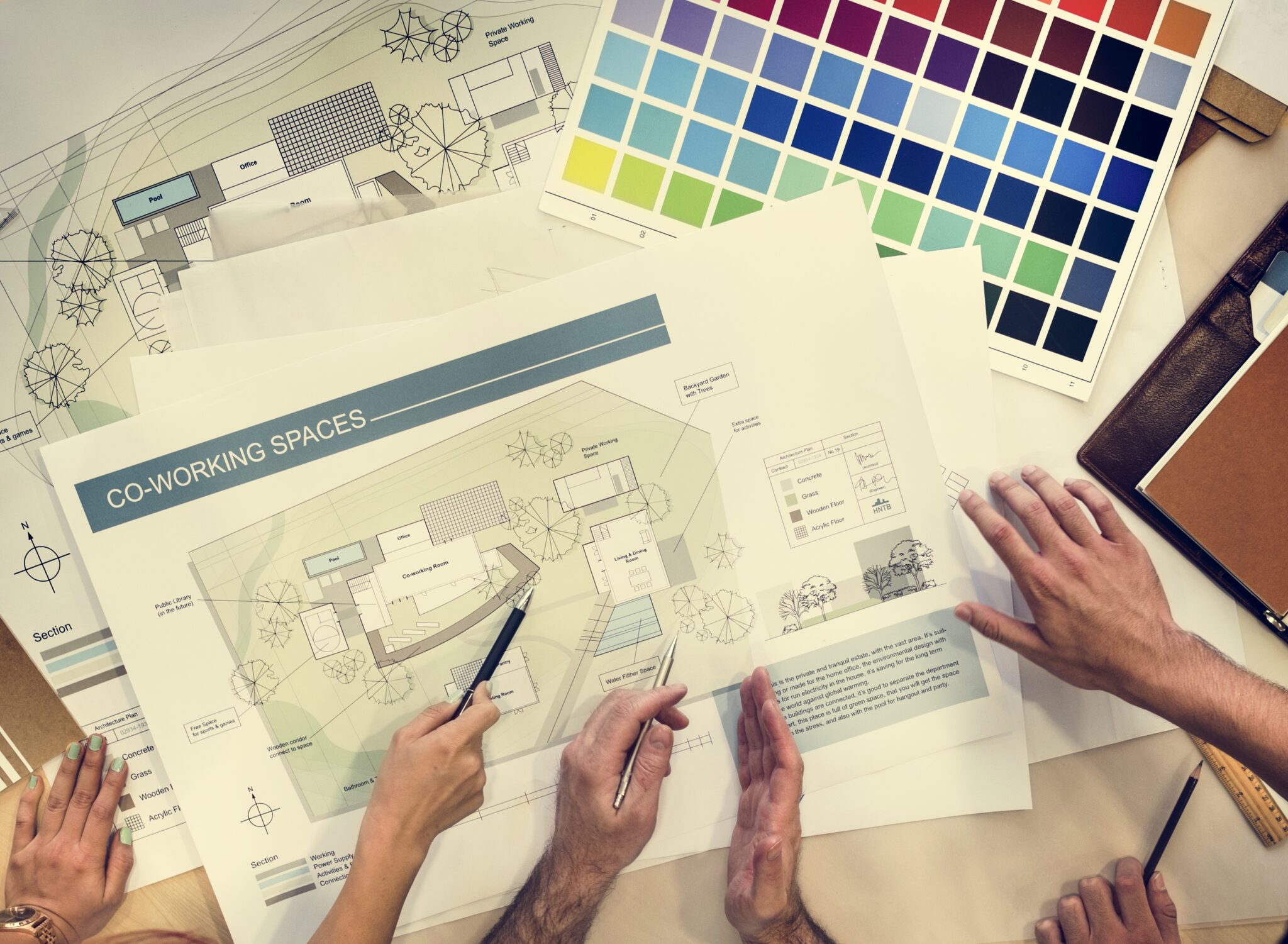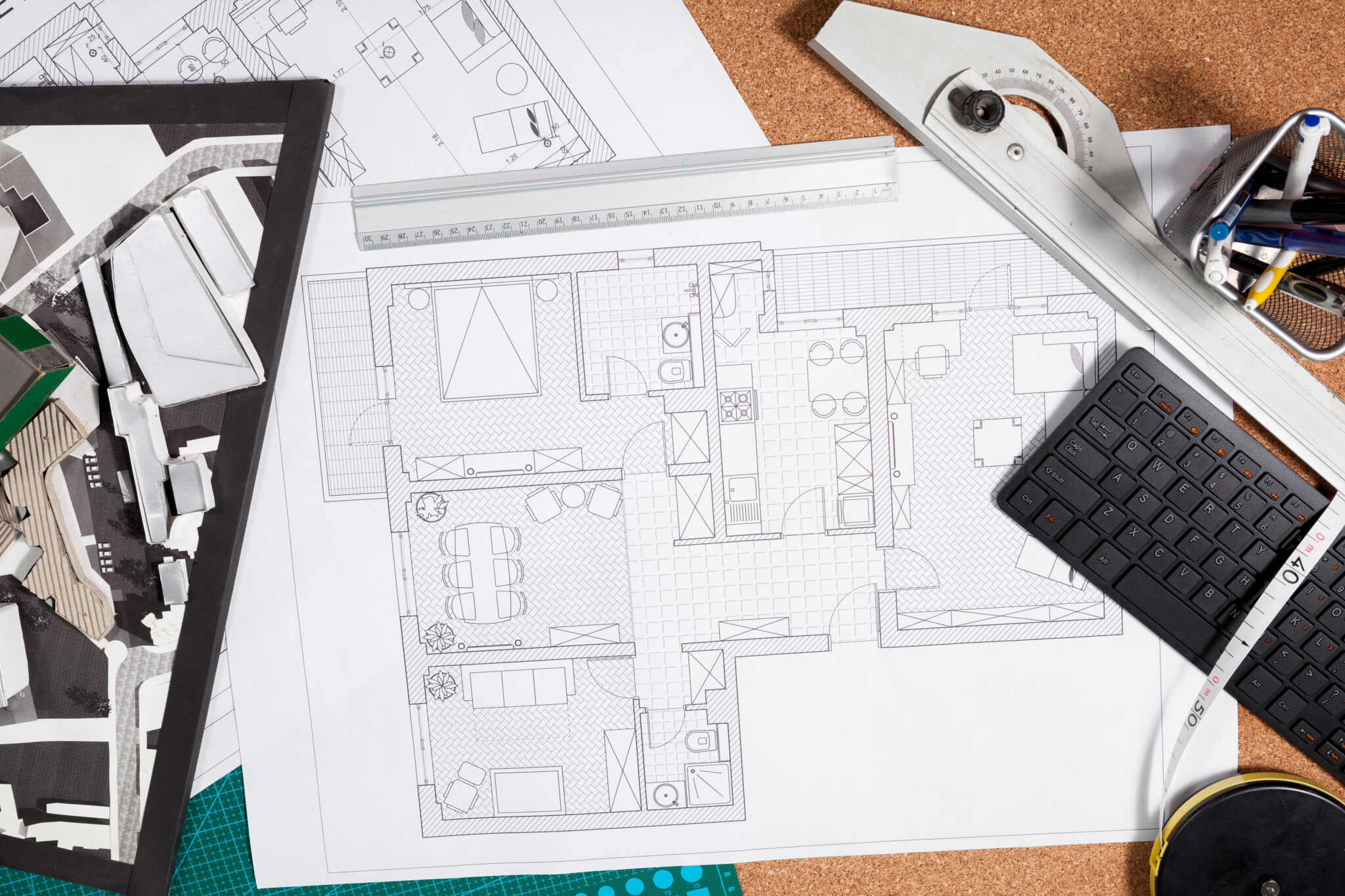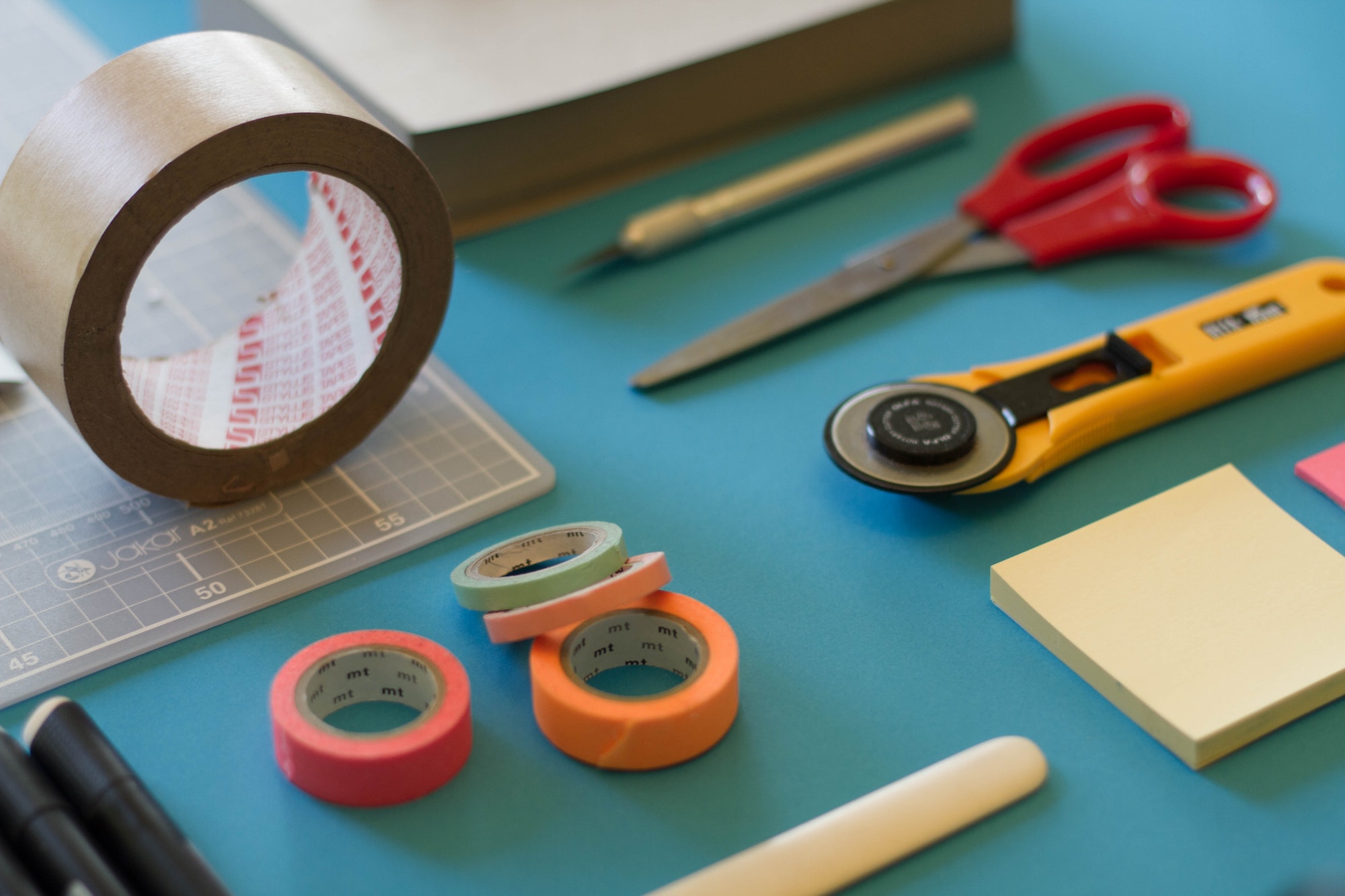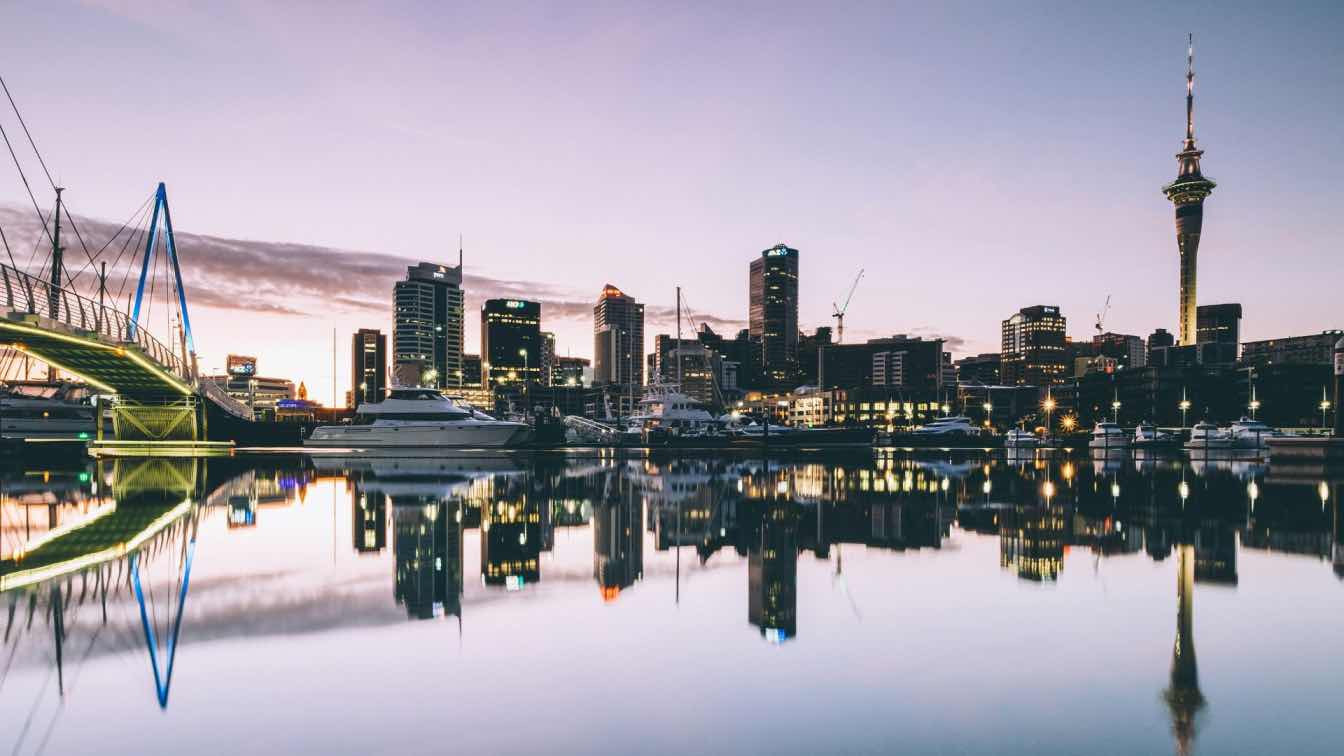Before you hire an architect there is a list of things you should know. In these early stages, there are key things you need to clarify with your architect.
It is important for you and the architect to waste no time. You would ideally like these early conversations to be concise, clear and efficient.
Everyone wants their project to be exactly what they envisioned. Architect Gabe Headrick, founder of Steelhead Architecture says, "Architects are there to facilitate, provide design guidance, and give them a great space to live,” and we agree.
It is important to know your architect is here for you. These ten things will help you navigate the complex architecture world and help you understand how your project will be executed.
Here are nine things you should be asking your architect.
1. Can I contact your references from previous projects?
 image © Helloquence
image © Helloquence
This is by far one of the most important things to ask any architect you have employed. Feel free to ask your architect of choice about his/her previous clients and even contractors with whom they have worked with.
Also, make it a point to follow up with the references that they provide. Doing this is very important since it will help ascertain what professional experience the architect has right from the start.
This will spare you the headaches occasioned by hiring architects from unreliable firms.
Following up with the referees will go a long way in helping you understand the work your architect of choice has completed but may not have publicized as per the client’s wishes.
Pro tip: Remember Residential work, often the best residential work rarely sees the light of day. You can ask the architect for their references before or shortly after you have hired them, but it should be in the early stages of contact.
2. How can I help during the different stages of the project?
From the moment you notify the architect that you would like to work with them, make sure that you properly communicate the kind of client that you are.
If you want to be fully hands-on then your architect can create a timetable for you to see and comment on as much of the process as possible.
If you are a slow burner and want the architect to be in charge then that should also be communicated.
You should also ask the architect you have hired the kind of time commitment they would require from you.
Asking about this and making sure that you are on the same page right from the start of the project will help ensure that everything moves on smoothly.
Feel free to ask to be taken through the organizational procedure of the project. The procedure includes an initial evaluation of the site, rough sketches, design development, and construction drawings.
During the design part of the process, it may be more pertinent for you to be involved depending on what sort of client you are.
You can also inquire how you can be of assistance in realizing the execution of the project to its logical conclusion.
In fact, having a well-structured conversation at the start of the project and with a clear vision to guide you will help the architect realize your renovation or construction expectations.
In short, it is crucial to get a grasp of the bigger picture. What is the step by step process of your project and where is it best you step in and step out?
This is something you can easily ask your architect to ensure you aren’t stepping on any toes and are being included in the phases of the project you are interested in.
3. What sort of costs will I incur?
 image © Jesse Robert
image © Jesse Robert
Different architects use different methodologies to draw up the overall charge for their services.
According to home improvement reports, “most architects who charge on a percentage basis will charge 8-15% of the total cost of the project, so you can plan on spending $800 to $1,500 for every $10,000 worth of work you want to be done.”
This is a very standard way of assessing the cost of your project.
A reputable firm should be able to break down your projected costs in detail upon request.
Make sure that you are open and extremely frank about your budget. Keep in mind all-inclusive and quality workmanship does not come cheap.
If you have budget limitations let them be known explicitly and early on.
Also, make sure that your architect is upfront and transparent about any additional costs that might not have been featured in the initial contract.
Examples of such costs include the cost of amending drawings mid-way through construction. A cost estimate in advance ensures there are no surprises along the way.
4. What are the potential challenges of this project?

Ensure that you find out details of the big picture of the project you are undertaking.
In particular focus on elements that stand out and are likely to determine the final outcome of the project.
Doing this with your architect of choice is important since they would have insights about construction, city approval as well as design challenges which you might not be privy to if it is your first construction project.
When the architect creates the construction drawings the design will be submitted for permit approval and construction.
This phase may present some challenges for you and your architect to take into consideration.
Feel free to ask the architect if by chance he/she may have handled any projects similar to yours. This would give you an idea of his/her preparedness to tackle the challenges that arise in the course of the project.
This can also be something you consider when choosing your architect. When the architect has completed similar projects they may have an easier time with your project.
5. Can we set a time to look through sketches?
 The architect doesn’t simply make one or two sketches, so if you want to stay up to date on the project you may have to look through a lot of sketches.
The architect doesn’t simply make one or two sketches, so if you want to stay up to date on the project you may have to look through a lot of sketches.
It might not be essential for you to be part of the whole design process if you aren’t a hands-on client and as a hands-on client, you may want to see every single thing.
The amount of sketches you look through depends on what you want to be part of. Architects have different steps in their design process that may, or may not need your approval.
After the architect has surveyed the pre-existing conditions of the construction site and come up with initial sketches, the architect will then make more in-depth sketches of the design.
Ask to set up a time to go through these sketches before the actual project kicks off. Find out if the architect would be using any computer generated models, drawing or animations to compliment the designs.
Keep in mind, during this phase you will have the opportunity to float any ideas you may have, suggest adjustments as well as express criticism of any aspects of the plan.
Overall, asking for details of the project would help give you an even clearer and more realistic feel of the various possible outcomes of the project you are undertaking alongside your architect.
6. Are you insured or is your firm insured?
 image © Jo Szczepanska
image © Jo Szczepanska
Take time to find out whether the architect or the firm they purport to represent or work for is insured.
If they are insured, proceed to find out the level of coverage they have. It is crucial to know you are in safe hands should anything go wrong. Insurance is important for six reasons;
1.Protects against alleged errors and omissions
2. Commercial General Liability (CGL) coverage is not enough
3. The cost is worth the benefit
4.Ongoing risk management services
5.Handle claims of all sizes
6.Minimize costs
It is important to look out for yourself and your architect. Once you are familiar with the insurance qualifications of the architecture firm you can relax knowing you are being helped by a professional.
Some firms hold CGL coverage only and this is more business-oriented. Architecture firms that have more extensive coverage would be better to use.
7. What would be your role upon teaming up with the contractor?
It goes without saying that once construction starts most of the project’s aspects would be in the hands of the contractor, hence the need to partner with professional and experienced contractors.
Ensure you understand the role the architect will be taking with the contractor. In some instances, you may have to deal with the contractor directly.
Pro tip:
Danny Lipford who has a 40-year remodeling career would advise, “While it might be nice, in most cases hiring the architect who designed the plans to oversee an addition or remodel isn’t necessary. So if you’re on a budget, it makes more sense to handle dealing with the contractor yourself.”
8. Who will you be working with and who do they work with?
Ask to be introduced to the people associated with the architecture firm that you contracted.
You can think of it as if you are the owner of a sports team. The coach is your architect and it is very important to have a strong coach.
The players on the team are the people your architect works with and is in charge of. The players could be the architects colleagues, the contractors or other designers working on the project.
Though you aren’t the coach of the team you still want to know the coach and the players and know that they all work well together.
Being familiar with those responsible for your project will give you peace of mind. You will then be fully aware of who is in charge of what and have an in the idea of their capacity to deliver.
9. What are the best options to help significantly reduce the negative environmental impact?
You will be glad to learn that many architectural firms and those they have employed would be willing to help you come up with designs that are environmentally sustainable.
Expect the architecture firm to incorporate fairly low cost and sustainable design strategies in your renovation or construction project.
Some sustainable design strategies architects use are; passive sustainable design, active sustainable design, native landscaping, using green building materials, stormwater management, and renewable energy systems.
If any of these things interest you then talk to your architect about it. Make sure that you are in control of the environmental mark your project leaves.
Author Bio: Taylor Ryan is the CEO of ArchitectureQuote: Connecting Architects With New Projects and Partner at Klint Marketing, A Digital Growth Agency and Creative Firm





